The cell phones don’t work. Maybe the service is out in these abandoned backwoods, or swamp, or desert, or rural town. If they do, the police sure are incompetent. Or get murdered feet from their car, in front of everyone inside the cabin in the woods, or placid lake with one lone raft in the center that will surely come back later, or house at the end of the street, or the last house on the left, or the isolated graveyard. Also, they always insist on coming alone. Screaming people on the other line doesn’t prompt at least one car of backup. Never. It’s a sin.
And how about them character archetypes. The Whore. An incessant one-track mind locked on to phallic obsession and self-depreciating sluttiness. She can’t wait 20 minutes before taking her clothes off. Dead by the second act break.
The Virgin. The sole guaranteed survivor because of symbolic purity that predates narrative itself. Boring. Sanitized.
The Fool. Stoner, frat boy, or surprisingly sober zany guy. He is simultaneously the stupidest and smartest one, because he almost always makes a self-aware joke about their locales ease of access for any psycho passerby. Comic relief that lasts as long as the screenwriter cares to write lazy jokes.
The Jock. Or perhaps the Preppy Guy. Meat-headed, sweet on the eyes, and sometimes surprisingly heroic. If he’s less of a douche, he can survive ’til the near end. Otherwise, look for a rolling head by the 45-minute mark. And, FYI, if he’s a Preppy Guy, he’s always a douche. No exceptions.
The Nerd. Knows far too much and none of it could possibly be helpful. Calls for rational thought when the s**t hits the fan, then panics himself, abandoning his own suggestion and getting diced in the process.
The Token Black Character. He’s there for the sake of diversity, but that doesn’t mean you get to give him a fighting chance. He is among the first three marks on the death tally. Number one with a bullet if possible (only, not a bullet…more on this later).
And, of course, The Killer. He’s supernatural but frighteningly real. You can’t see his face.
That, or his face is severely deformed.
Or, at the very least, his mental psychosis is oozing out of every facial expression he presents.
Characters don’t see him until it’s convenient. Then they immediately die or get a brief chance to run away, a period of time in which no one else believes that the character saw a maniac. They think it’s a joke, the character is seeing things, the character is crazy, the character needs to chill out and have fun at the party that is inevitably occurring at the same moment. The Killer wields a blade. Something sharp. Almost never projectile. Certainly never guns. This is of course unless The Killer is non-living or non-human, in which case we get clawing or biting, possession or ghostly telekinesis.
We need lighting. Day lighting, to warm interior lighting, to low lighting. Approximately 20 minutes, 20 minutes, and 45 minutes respectively. Perhaps 5 minutes of daybreak at the denouement. Little wiggle room for the low lighting. Shadows are a necessity.
We need sound. An ambient score that invades the nerves. Silence for long stretches of time, followed by dissonant noise garbage that startles more than it scares. Focus on the silence. It is key for the startling. Suspense is optional.
We need body counts numbering no less than five. More is better, but going over the top means blending subgenres. Makes it harder to market. If possible, each successive kill must be conveniently more extravagant than the ones previous. And the last one can be a shocking turn of events, or sad based on the superficial relationship that that victim has constructed with The Virgin throughout the 85-95 minute runtime (going over 100 minutes runs the risk of being an artsy genre film).
Regardless, the film must climax with The Virgin (now officially The Final Girl) physically besting or narrowly escaping The Killer. If the former, The Killer appears dead, then disappears; or opens one eye before the screen cuts to black; or makes one final jump scare gasp at The Virgin before the screen cuts to black. If the latter, The Killer is shown, still alive and ready to lie dormant in wait for the sequel.
This is all assuming the norm. Not the post-modern norm. The post-modern norm is aware of everything mentioned thus far, yet it does nothing to change it. It parodies while complying. It satirizes, tweaking while perpetuating. It acknowledges, altering just enough to play as “new.”
What to do. What. To. Do.
Phones. We need to have them unless this is to become a period piece. We need smartphone technology. Functional. Full bars. 4G, or whatever number G is most recent given the characters are likely affluent teens who can afford the latest in technological advancement. GPS capabilities. Texting. Calling. Apps that answer any question in the book. They could get an Uber 20 minutes into the film and be out of harm’s way forever. (Editor’s Note: Change “Uber” as necessary to comply with whatever is culturally relevant at the time)
But that’s no fun! This was supposed to be fun.
Bear with me. We need phones for believability. Without them, we lose all semblance of reality. Don’t believe me? How close is your phone to you right now? If it’s not in your pocket, you know exactly where it is, and it’s most likely within eyesight.
The phone must be used. Not censored. But this is where things get tricky. Allowing a phone to be used guarantees police intervention. At the very least, parental intervention. This leads to an all-the-more entrenched cliche. The incompetent adult.
Teen slashers prove that when, if at all, the police get involved they are utterly useless. They die immediately, have no basic sense of their own job, or simply don’t believe the protagonists and completely disregard the very nature of their job. As for parents, they don’t exist, or they enter and exit without character, never to return. Either way, useless.
Answer: The Daily Double. Double, as in both. The phone must be used. The police must be used. Used well. Let ’em work.
How do we get a slasher, then? It’s fairly simple. Make cops characters. Quality ones. At least one. He/She is smart, capable, and not an embarrassment to his/her profession. The cop should intervene like a cop does. And the cop should use a gun.
Yes, a gun. The utility most rarely used in the genre. You know what? It won’t even be a plot breaker. I can hear you saying: “A gun will end the movie before the movie begins.” Not if you do it carefully. Why can’t The Killer be injured? Give the guy a limp halfway through the film so he has to do something drastic (like carve the bullet out of his own leg), or get all the more erratic (as in, grow into a more horrifying threat), or, hell, become a big baby (as in, fully embody the emotionally underdeveloped, man-child psyche that The Killer archetype boasts).
What does this mean? Yes: no supernatural bent. The Killer is human. He bleeds, and thus becomes a character and not an archetype. Let The Killer cry. Let The Killer heighten his own aggression based on reality, not psychopath logic. Let The Killer prove his grit with a tangible plot point, not arbitrary slashing. For God’s sake, let him do more than skulk and slash.
Phones work. Guns exist. Competent adult characters exist. The Killer is mortal. What else needlessly and lazily impeding forces against our protagonists can we shirk?
Sex doesn’t guarantee death. Cars always start (unless an outside force visibly tampers with them). Characters never fall. Characters always run at full speed and don’t bother looking over their shoulder (because obviously there is a hulking monster stalking you from behind. He didn’t get bored and go to a movie or something. He is smart enough to know that movies are boring and conventional). Characters don’t split up, run upstairs, run randomly into the woods, scream and give away their position, etc. Speaking of which, characters can (and should) be characters.
The Token Black Character doesn’t die first. In fact, she/he isn’t token at all, because a cast can have diversity without implanting scarecrow characters in order to shoehorn in diversity without doing any work. A cast can just be diverse, because, you know, diversity is good.
The Whore isn’t simply a whore. Every line of dialogue out of her mouth does not need to be about sex or men. No one talks like that in real life.
The Fool, if he is a stoner or a drinker, doesn’t disregard the danger of the immediate situation on account of his inebriated state.
The Jock isn’t a douche (read: The Jock isn’t a Preppy Guy). He isn’t so up his own ass that he would rather die than be proven wrong in the face of the danger that he has disbelieved up to the point of his death.
The Virgin isn’t wholesome merely for the sake of her own virginity. In fact, fuck wholesome. She’s the hero. She’s our lead. Make her nuanced, complicated, not above the rest of us because of her blind innocence.
I know, I know. How do we get a horror movie with this formula? Where are the scares if the danger is uprooted?
Simple answer: create danger out of legitimate storytelling and not done-to-death gimmicks. And don’t be post-modern about it, either. It is enjoyable when it is done well, but that’s the point. It’s already been done well. Doing it again is just diluting the genre.
Another simple answer: watch some Hitchcock and study up on some real suspense. The delicate balance between suspense and shock is horror. Not loud noises and faces appearing in mirrors or right behind the character.
This means no jump scares or dissonant sound effects. A score is fine. Silence is golden when done well. Jump scares can be used once, twice, or thrice (if calculated perfectly). They are only effective when used in conjunction with suspense, not as a replacement for suspense. False jump scares, which litter genre films for no reason, work against the film by definition (watch this video for further explanation) and are a prime example of suspense replacement.
False jump scares are most often associated with a friend coming up behind a nervous protagonist and grabbing them on the shoulder, accompanied by some sharp strings, in order to freak out the protagonist. More so, it is there to scare us, because we, not the characters, are the ones who hear what makes the moment scary.
This tactic does the following: it adds audience interest early on in the film, before The Killer shows up, when nothing else is going on. What’s the problem with gaining audience interest, you may ask. Nothing else is going on. That’s the problem. Everything could be going on in the first act of a film, genre or no. And something should be going on. Not false jump scares. Not random characters placing themselves into danger. Instead, a buildup. Suspense. Characters being developed as something eerie looms over them. Add some dramatic irony, so that the characters can relate to each other in order to set up character dimension and allow us an omniscient knowledge that danger is on the way.
The slasher film doesn’t have to be exploitation smut and a low-brow cultural staple. It can be violent, bloody, exciting, and scary while also being cinema. Perhaps Halloween simply holds distinction for crafting the subgenre, but it is a purely cinematic experience. It is a film, not a gimmick. The Texas Chainsaw Massacre was appalling and hyper-violent for the time it was released, but it masters fear through white-knuckle tension. These early films fell into cliches as we view them now, sure, but that is because they created the cliches. Now, we are responsible for back-peddling and restructuring the genre. That, or the genre will die. If it hasn’t already.
As always, thanks for reading!
Like CineFiles on Facebook for updates on new articles and reviews.
—Alex Brannan (@TheAlexBrannan)

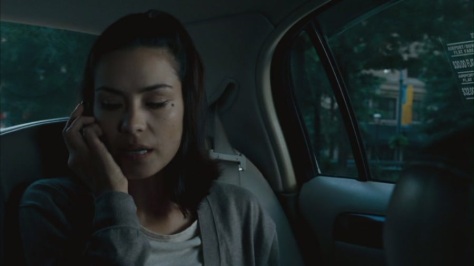


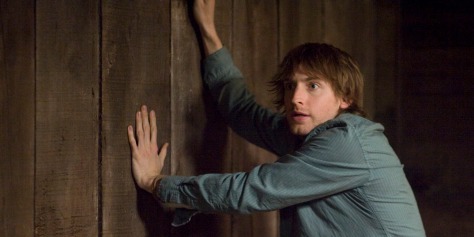
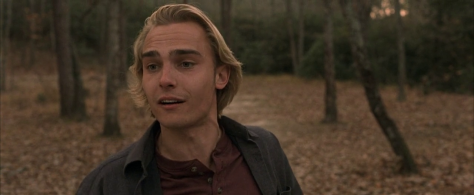
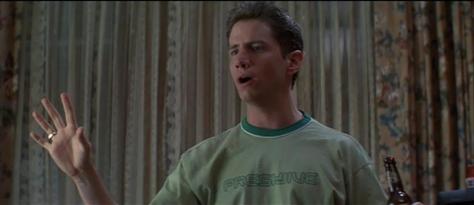


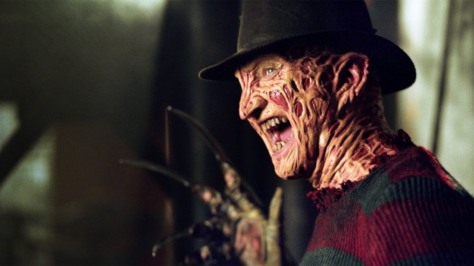


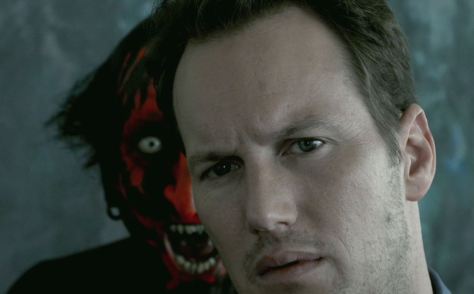
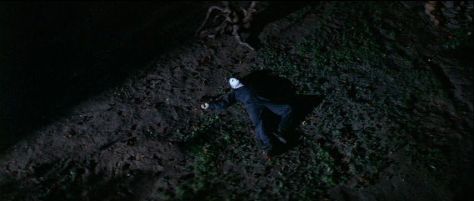

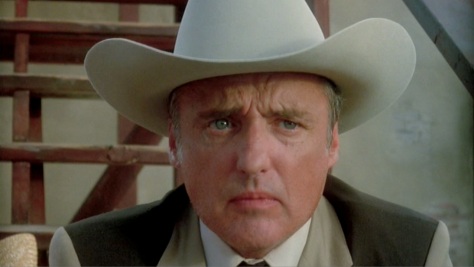

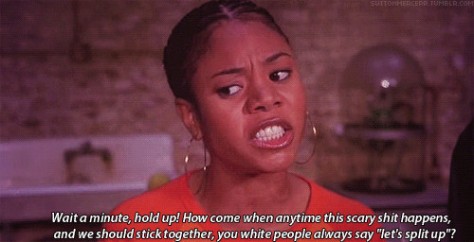
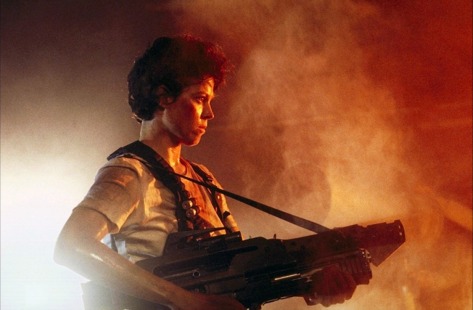
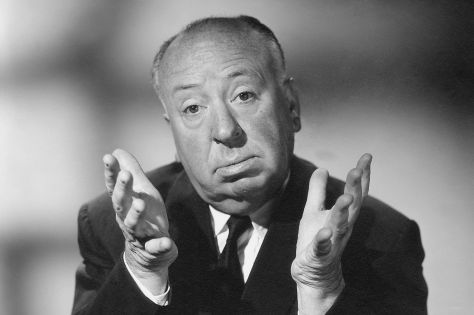

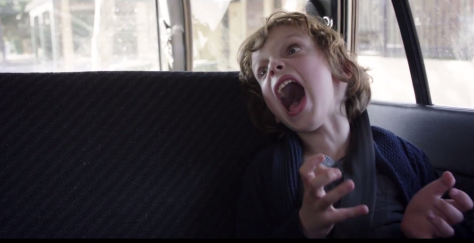
Thanks very interesting blog!
LikeLike
I think the genre has died, but this could be a good way to reinvent it and get people to start carting for horror again. Right now it has a pretty poor reputation as for every good horror film you have about 10+ that are just really bad.
LikeLiked by 1 person
Definitely. I ignore a lot of new horror movies because I know it’s just going to be more of the same. I have some optimism for the genre, as every year has a handful of good horror gems (this year’s The Witch was fairly good, in my opinion, especially in terms of having an original take on the genre). The genre could be something so much more, but studios and directors are going to stick with what makes money because it is safe. It’s a sad truth.
Thanks for reading and sharing your thoughts!
LikeLike